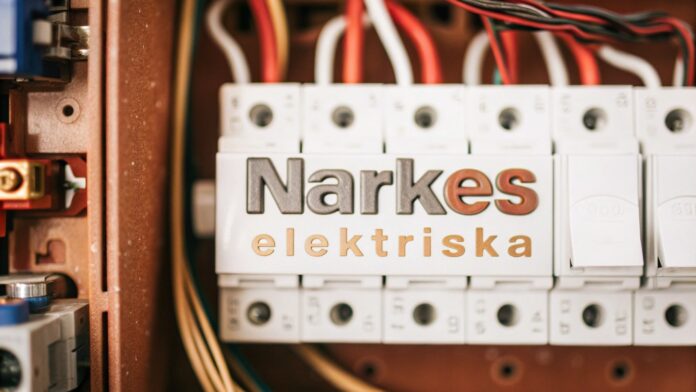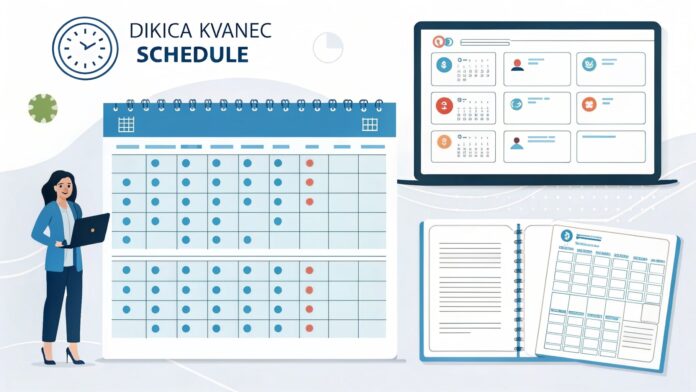Introduction
Successfully integrating new hires is critical for organizational health and employee satisfaction. An effective onboarding process can set the tone for a productive, long-lasting working relationship. To learn more about the full scope of onboarding and its importance, see What is onboarding process, which details how onboarding programs benefit employers and employees.
Companies prioritizing a seamless onboarding strategy are more likely to boost job satisfaction, improve employee retention, and accelerate new hire productivity. As the workforce evolves, so do onboarding expectations—from personalized welcomes to integrated technology and feedback-driven improvements. This article covers the essential pillars for building an effective onboarding program.
Pre-Onboarding Preparation
Successful onboarding begins before day one. Laying the groundwork minimizes friction and empowers new hires to focus on connecting, learning, and excelling. Start by ensuring all required tools and resources are ready for new employees—computers, login credentials, software access, and workspace arrangements should be handled before arrival. This logistical forethought prevents downtime and demonstrates professionalism.
Clear and early communication of job expectations and company values reduces anxiety and helps new hires enter their roles confidently. Sending a personalized welcome package or message can also strengthen their sense of belonging and appreciation even before they enter the office.
First Day Experience
The first day is a milestone for any employee. Structured orientations have been shown to improve new hire satisfaction and engagement. Begin the day by introducing new hires to the organization’s culture—its mission, values, and unique traditions—helping them feel connected to its broader goals.
- Company Culture Introduction:Explore company ethos, culture, and shared purpose.
- Policies and Procedures: Share essential information on workplace rules, safety practices, and benefits packages so employees know where to turn when questions arise.
- Interactive Orientation: Foster relationships through team-building activities, informal meet-and-greets, or Q&A sessions that encourage new hires to participate confidently.

Role Clarity and Goal Setting
Setting the stage for success requires clearly defined roles and achievable goals. A comprehensive job description should clarify daily tasks and how the new employee’s work ties into greater team objectives. Providing this foundation ensures new hires understand what’s expected and what success looks like.
- Define Roles and Responsibilities:Detail exactly what is required and to whom employees are accountable.
- Set SMART Goals: Establish Specific, Measurable, Achievable, Relevant, and Time-bound milestones to help new hires map out their progress and development.
- Align Expectations: Create open lines of communication between the employee and the manager so both are on the same page from day one.
Leveraging Technology
Modern onboarding is increasingly driven by technology. Dedicated onboarding platforms automate paperwork, assign tasks, and centralize resources, freeing up HR professionals and improving new hire satisfaction. Automation expedites routine processes such as document signing and compliance training, while ensuring nothing slips through the cracks.
Offering virtual or hybrid onboarding options is now crucial for accommodating diverse working arrangements and promoting inclusivity. Virtual programs can recreate meaningful onboarding experiences for remote employees, keeping them connected and engaged regardless of location. Greenhouse discusses digital onboarding approaches for remote and hybrid workers to bridge the gap.
Mentorship and Social Integration
People join organizations but stay because of relationships. Assigning mentors or onboarding buddies to guide new employees is a proven way to accelerate learning and reduce isolation. An accessible, experienced mentor provides guidance, answers questions, and helps new hires navigate workplace culture.
- Assign a Mentor or Buddy: Encourage knowledge-sharing and support through established mentorship programs.
- Encourage Team Interaction: To foster a sense of camaraderie, host group lunches, collaborative projects, and regular team meetings.
- Foster a Supportive Environment:Create a culture where questions are welcomed, mistakes are seen as learning opportunities, and ongoing education is encouraged.
Continuous Feedback and Improvement
Onboarding should be a dynamic, continually improving process. Collecting feedback from new hires provides valuable insight into what’s working and needs refinement. Regular check-ins and structured surveys can uncover hidden pain points, allowing HR and management to evolve the onboarding experience.
- Gather Feedback: Establish touchpoints for new hire feedback throughout the first months.
- Use Feedback for Improvement:Leverage data and insights to refine onboarding practices and materials.
- Encourage Open Communication:Build a culture where new hires feel comfortable expressing their experiences, suggestions, or concerns.
By investing in continuous onboarding improvement, organizations can respond to changing employee needs, reinforce company values, and demonstrate their commitment to workforce excellence.
Organizations focusing on these strategies secure a robust foundation for every new team member, ensuring higher engagement, retention, and sustainable growth. For more comprehensive onboarding methods and research, Greenhouse offers further insights into the components of successful onboarding initiatives.
- Building a Seamless Employee Onboarding Experience
- Using Omegle Alternatives for Safer Chatting Experiences
- Business Account Opening Process For Free Zone Companies In Dubai – Expert Advice!
- Can Golden Visa Holders Buy Multiple Properties In Dubai? – Find Out The Facts!
- How Short-Term Financing Can Help Tackle Unexpected Expenses



